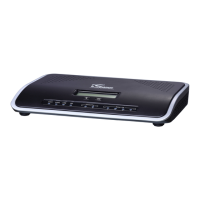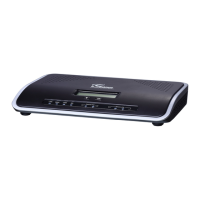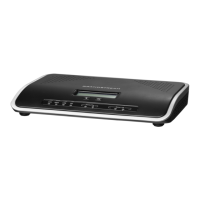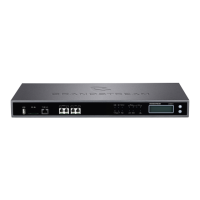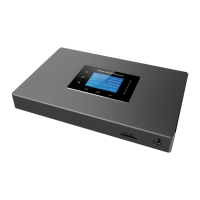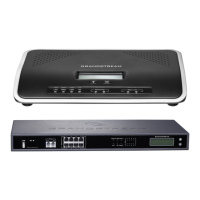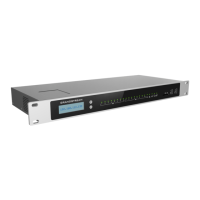Firmware Version 1.0.1.25 Configuring UCM6100 Series with HT503 Page 17 of 18
Set "PSTN Ring Thru Delay" option to 1. If you happen to experience caller ID issue, you may set it to
2. In the sample setup, it's set to 2.
Set the "Wait for Dial-Tone" to "No".
Set the "Stage Method (1/2)" to 1.
Figure 18: Method 2 - Configure FXO Port on the HT503: Channel Dialing
Exchange SIP Port Settings for FXS and FXO on HT503
On the HT503 web GUI, go to FXO setting page, configure the "Local SIP Port" to be 5060. (The
default setting is 5062.)
On the HT503 web GUI, go to FXS setting page, configure the "Local SIP Port" to be 5062. (The
default setting is 5060.)
Configure Unconditional Call Forward on HT503
On the HT503 web GUI, go to Basic setting page, configure "Unconditional Call Forward to VOIP" to the
DID number 20000. This is the same number configured in UCM6100 inbound route dial pattern. In this
example, the UCM6100 IP address is 192.168.40.207.
Figure 19: Method 2 - HT503 Basic Settings
How to Dial
Once the HT503 and the UCM6100 are set up as above, the inbound call and the outbound call will be
working as described below.
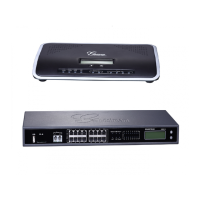
